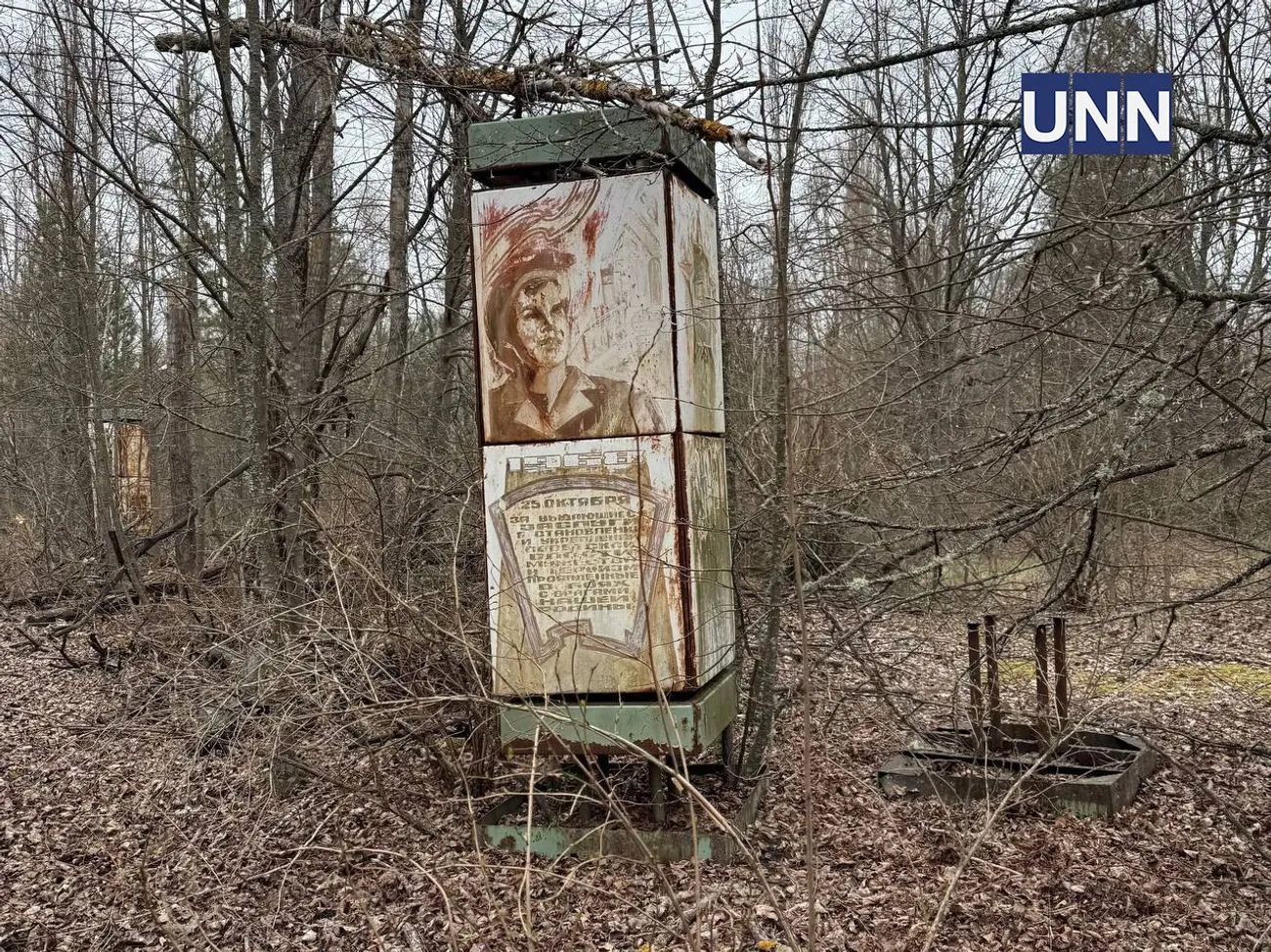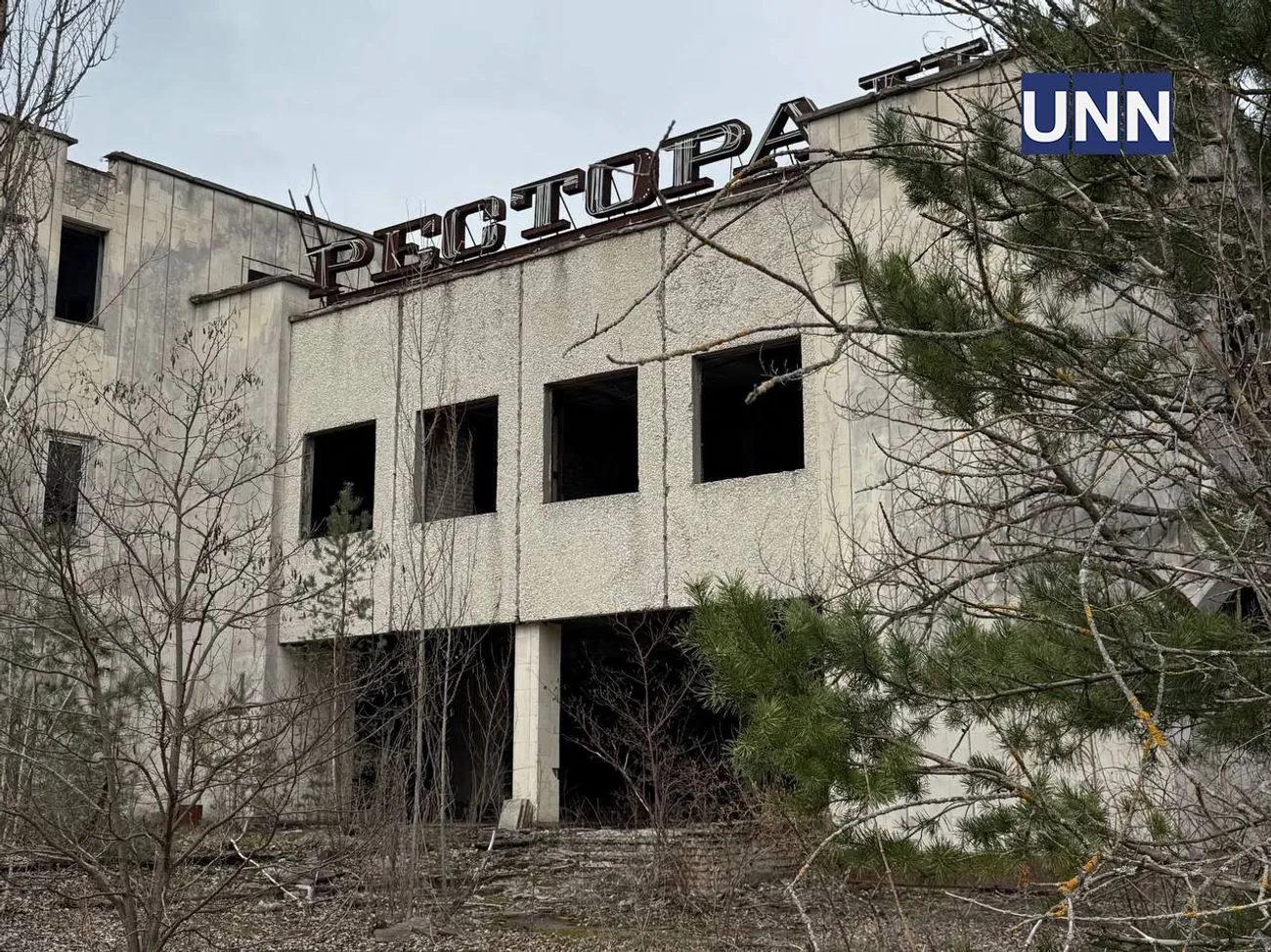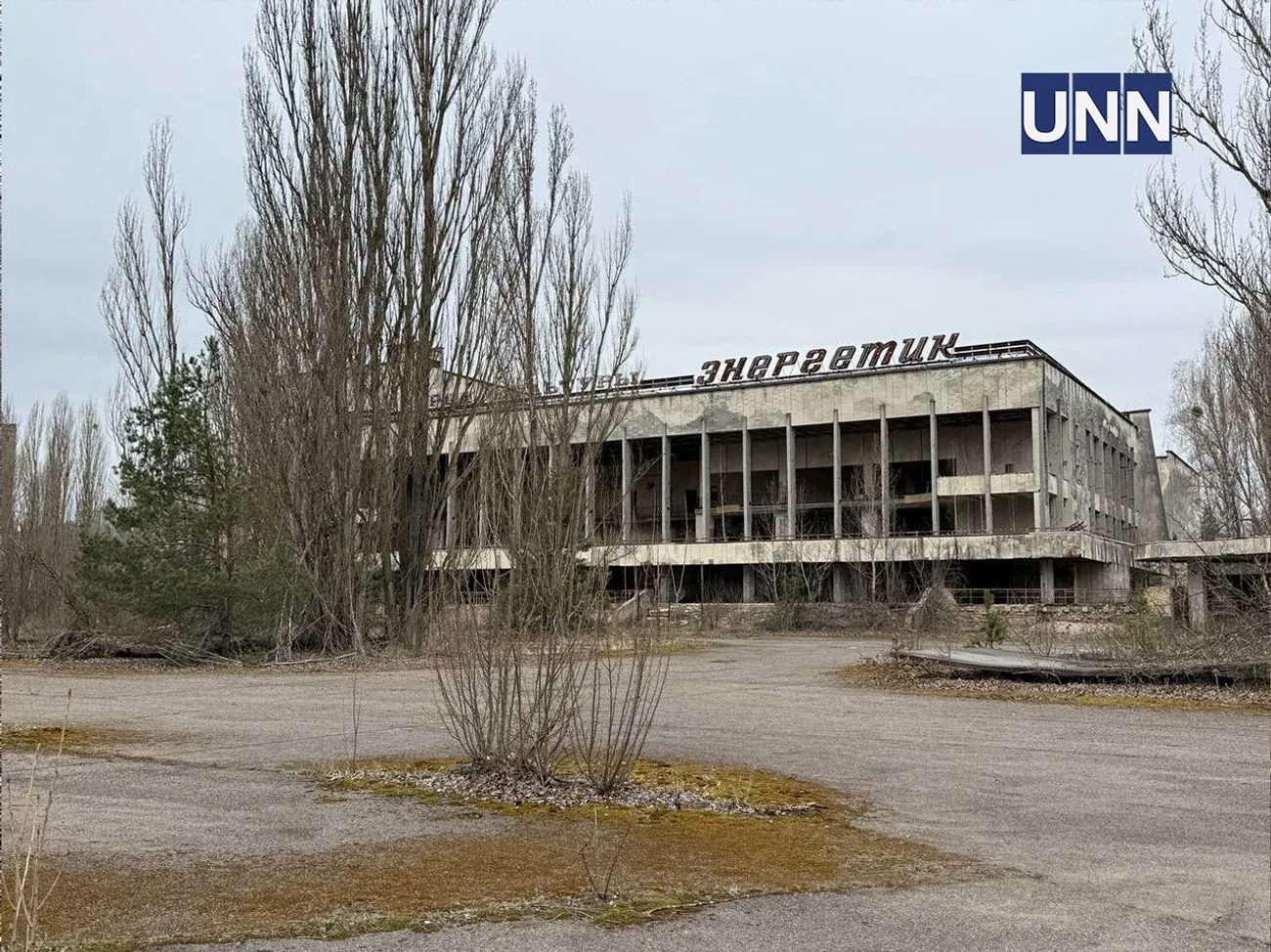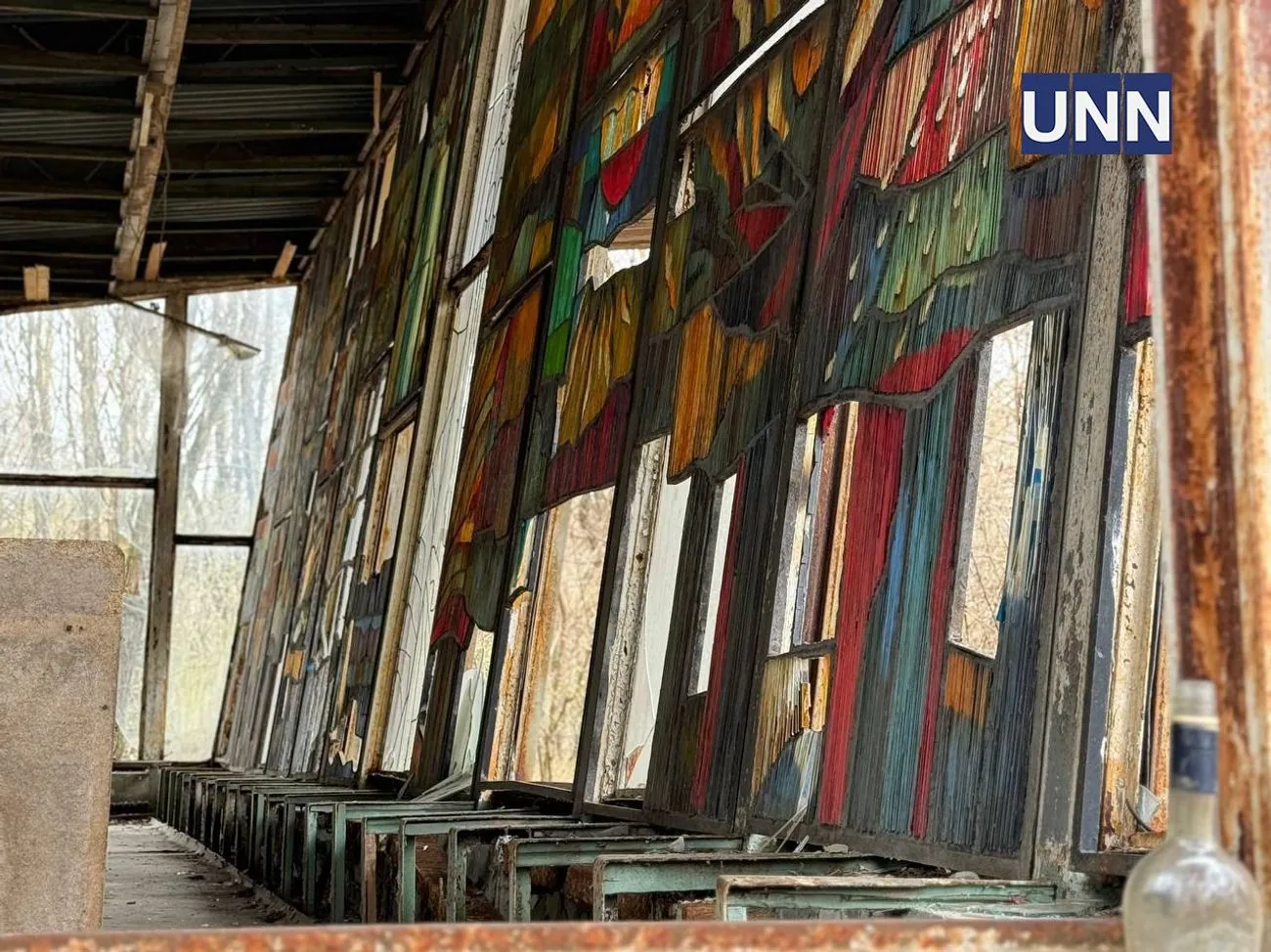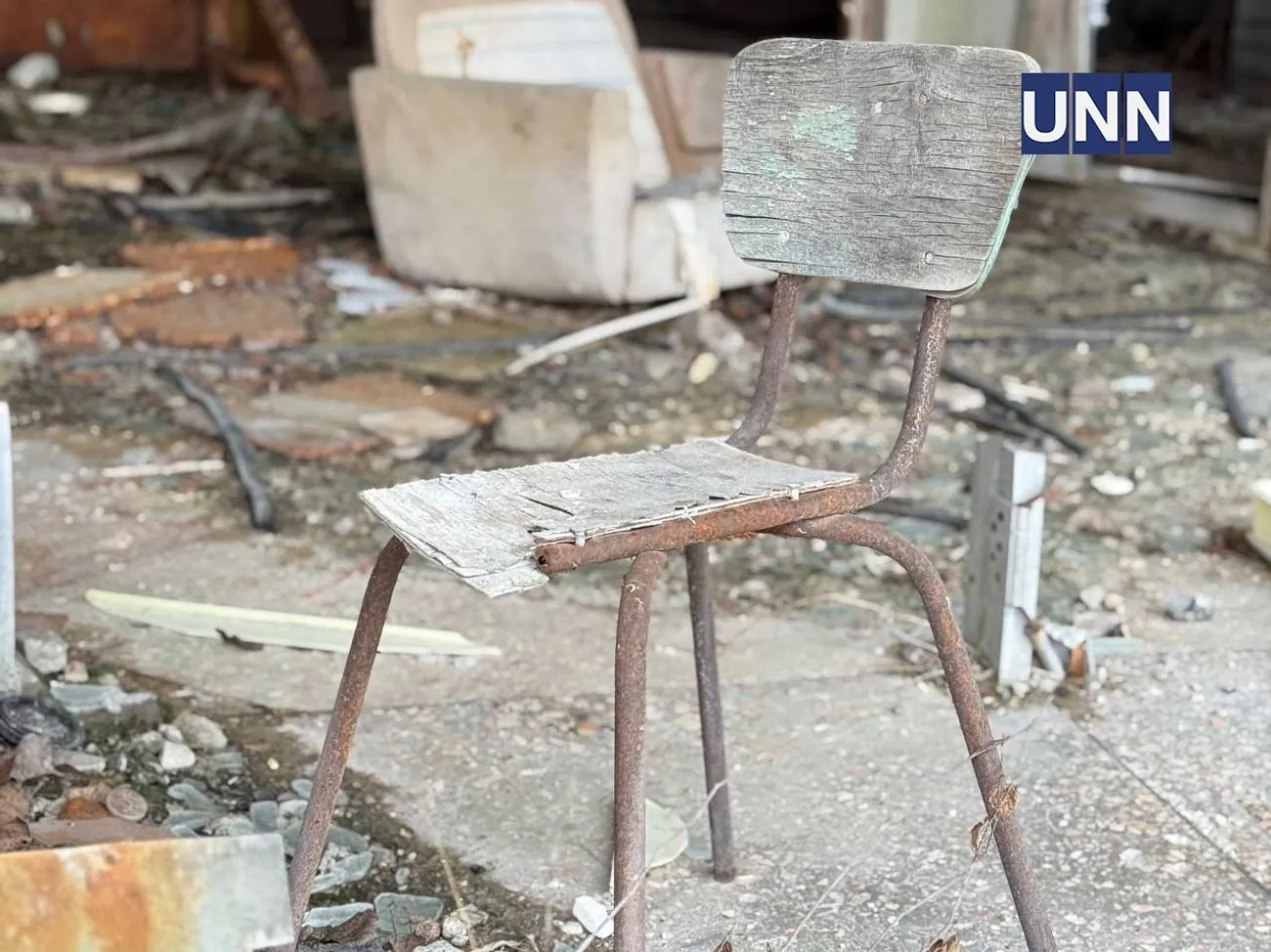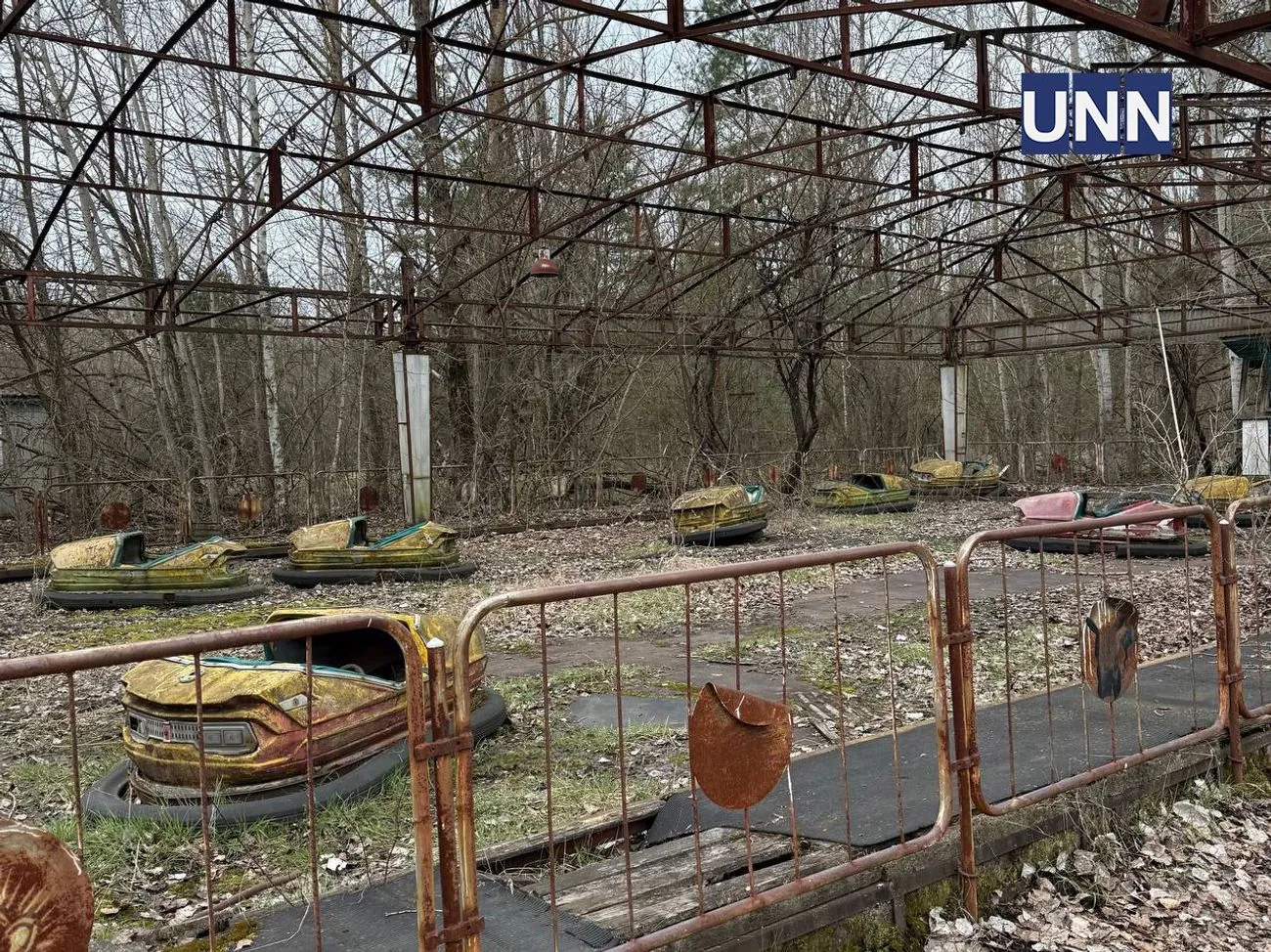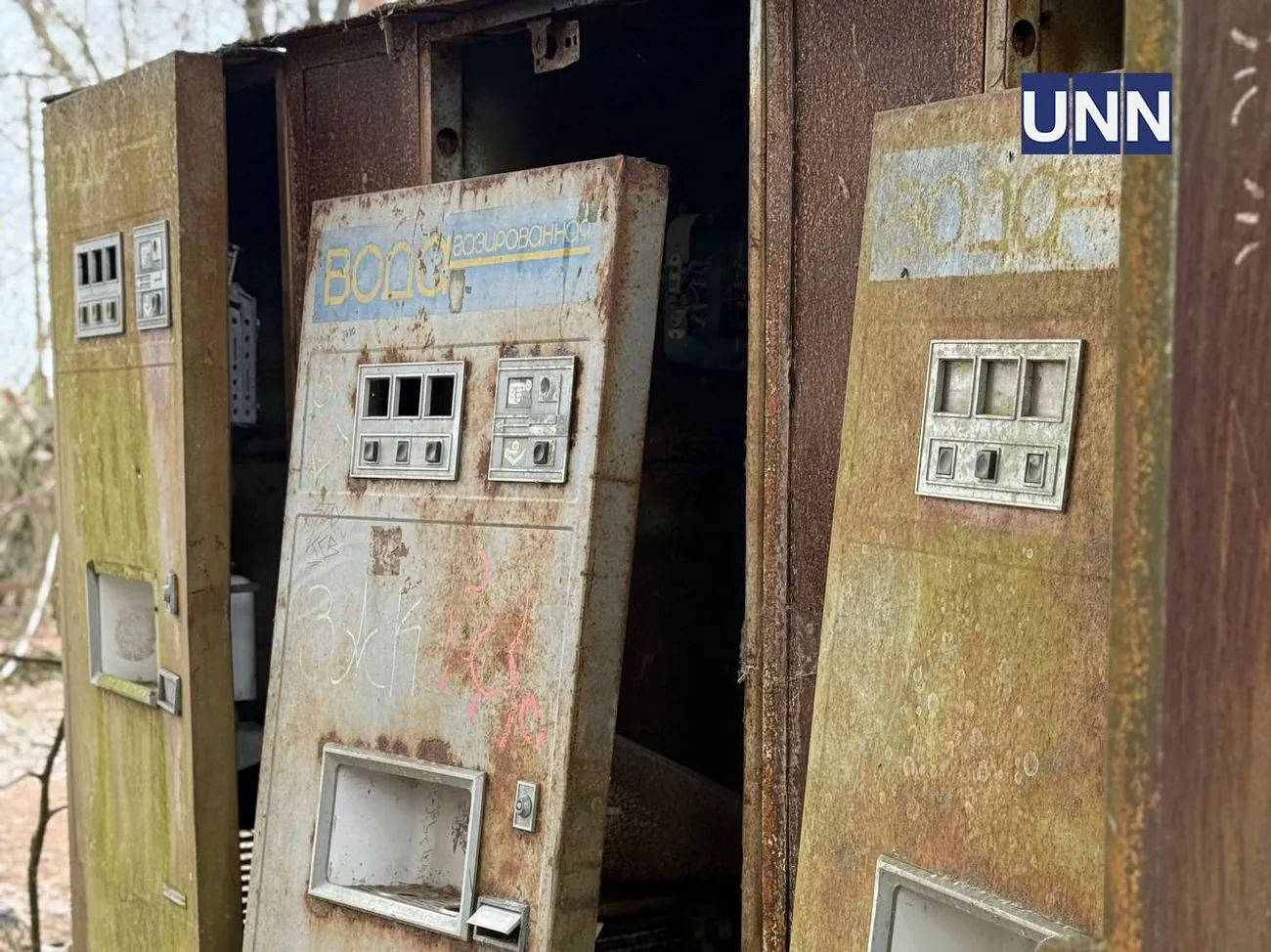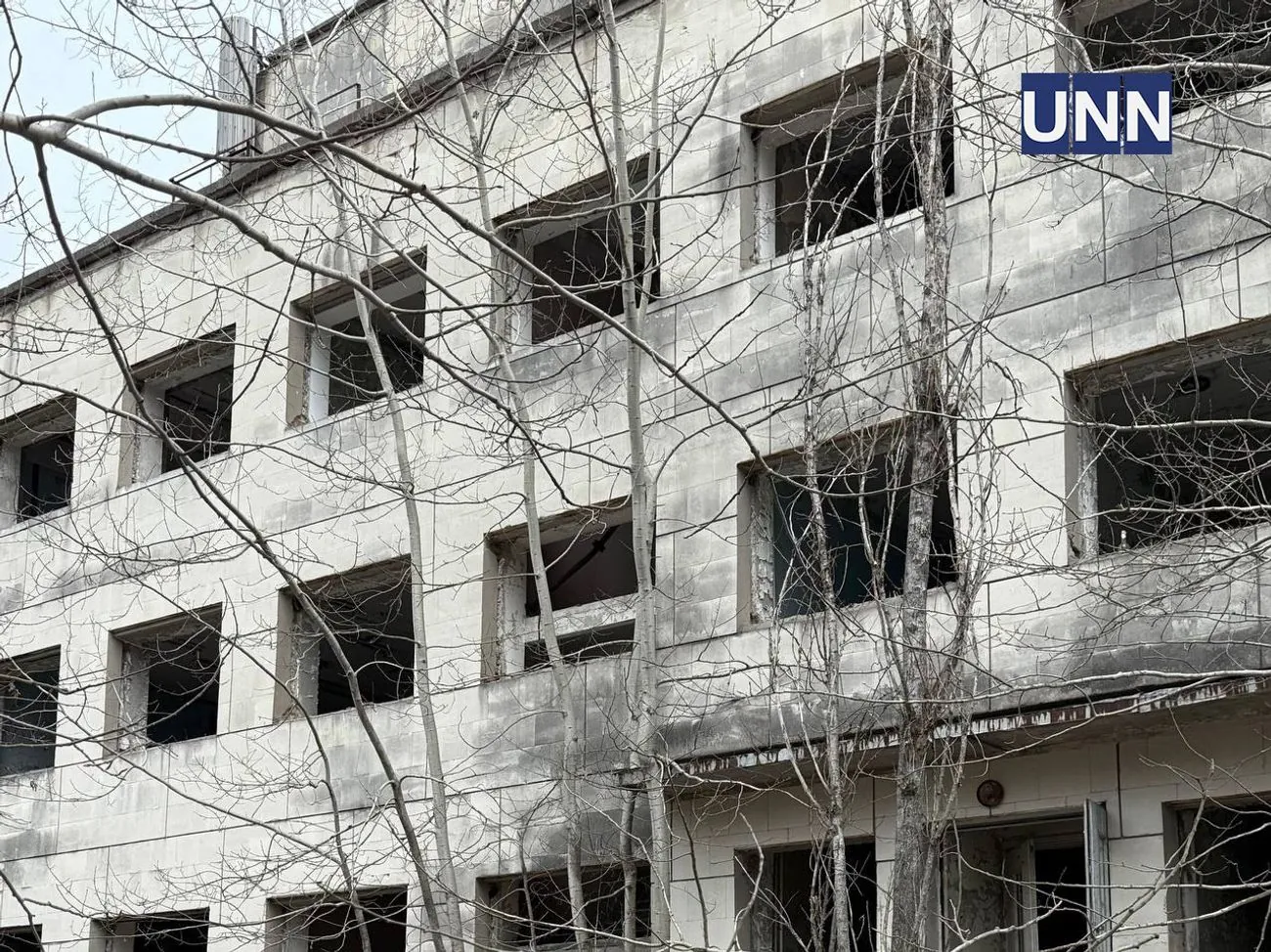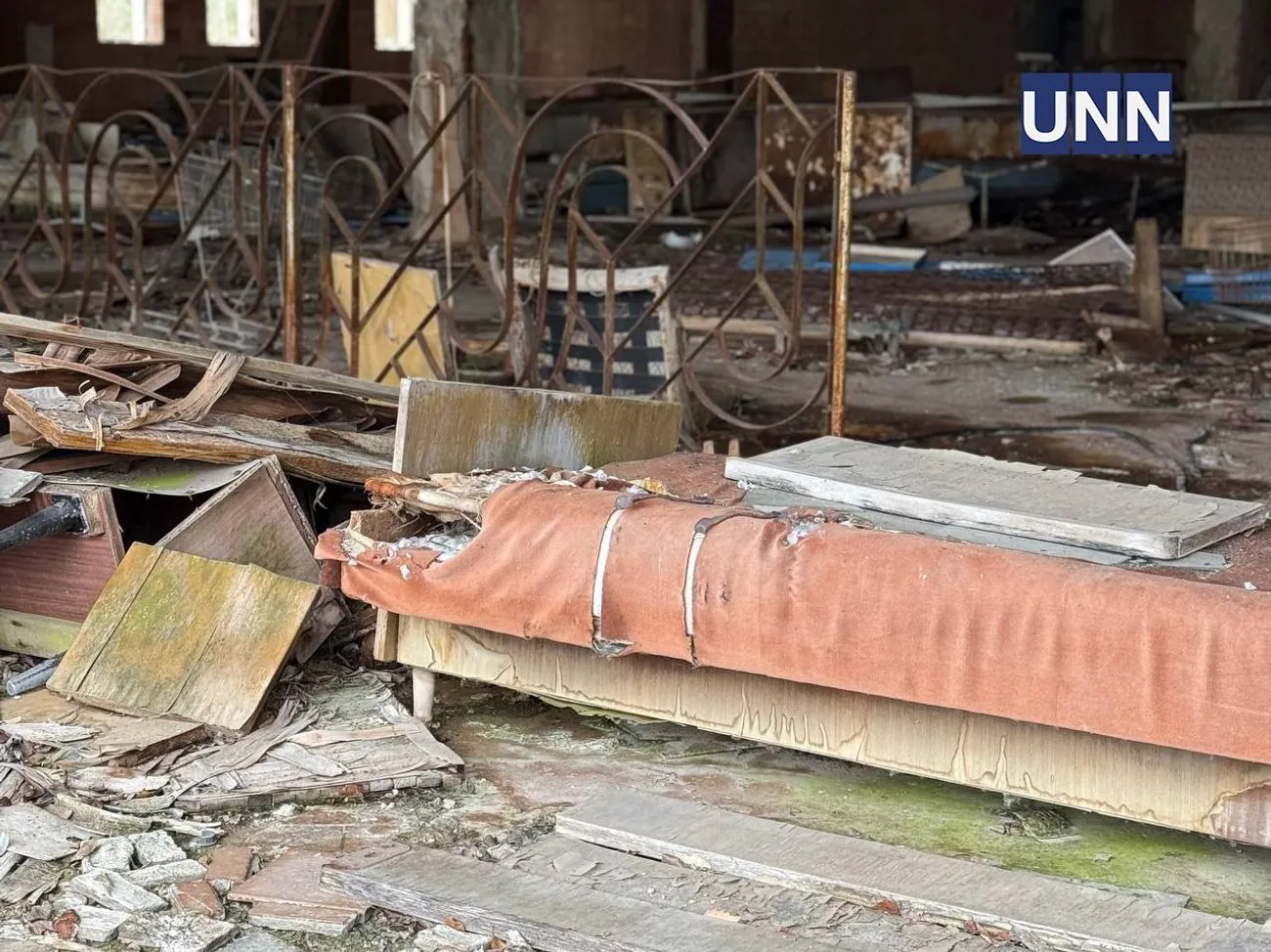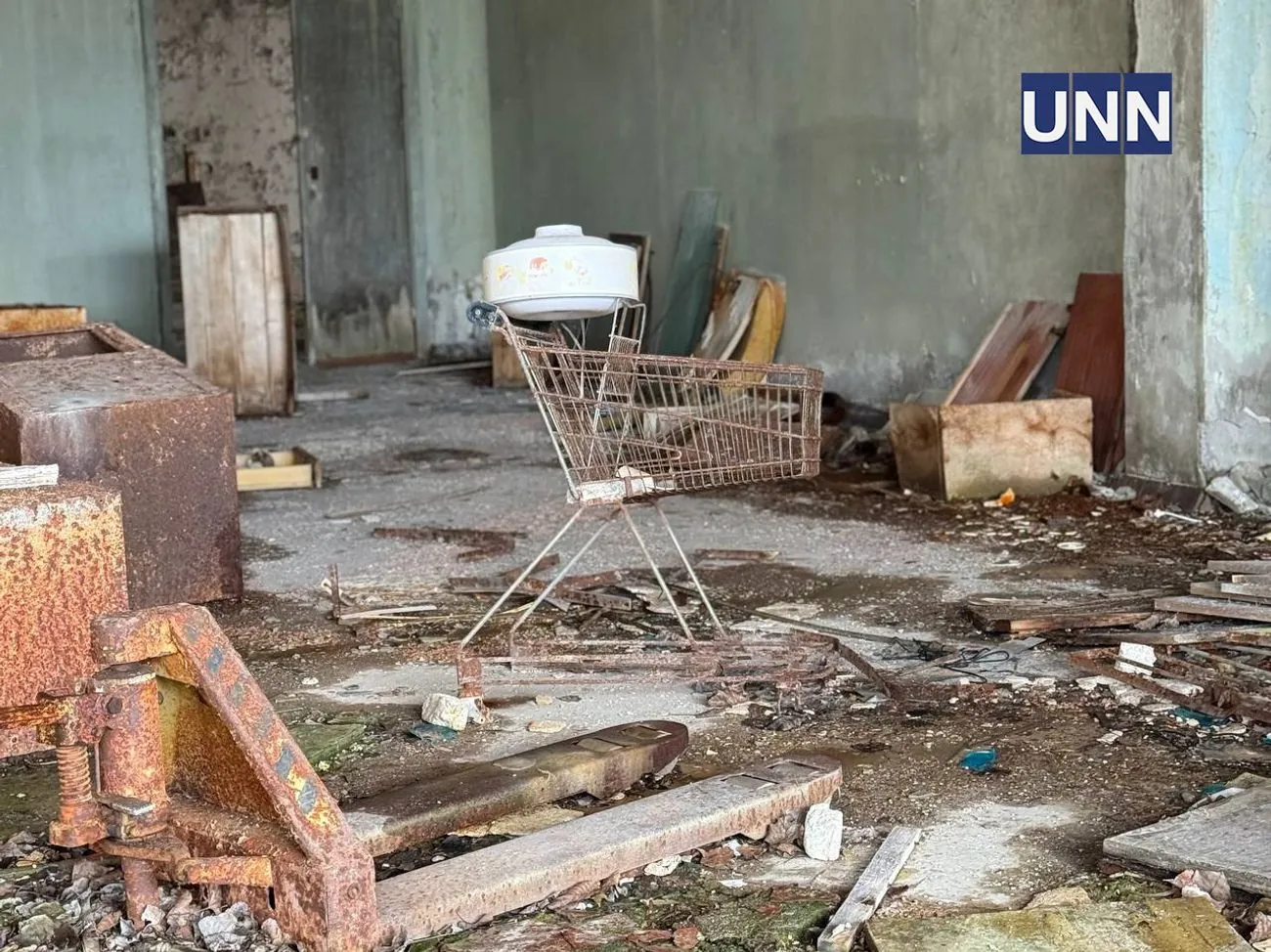Day of the Chornobyl Tragedy: All About the Environmental Disaster
Kyiv • UNN
On April 26, 1986, the Chornobyl disaster occurred, becoming one of the largest environmental catastrophes. On the anniversary of the tragedy, information has been collected about the consequences and the importance of environmental responsibility.

On April 26, 1986, the world witnessed one of the biggest environmental disasters in history - the accident at the Chernobyl nuclear power plant. The tragedy, which took thousands of lives and caused massive environmental consequences, became a symbol of the danger of nuclear energy.
UNN has collected all the information for the 39th anniversary of the Chernobyl disaster to remind about its consequences and the importance of environmental responsibility.
Chronology of events of April 26, 1986
It all started on the evening of April 25, when the Chernobyl NPP employees were to conduct planned tests at the fourth power unit of the power plant. The purpose of this test was to check the cooling system at low power levels. However, during the reactor testing, when some cooling systems were to be shut down, serious violations occurred. This led to an uncontrolled chain reaction and a sharp increase in reactor power.
And at 1:23 a.m., the infamous explosion occurred, which destroyed the reactor. The explosive wave was so powerful that it partially destroyed the power unit building, scattering debris and liquid reactor fuel hundreds of meters around. A strong fire started on the roof. As a result of the explosion, the temperature in the reactor itself increased significantly, which caused further release of radioactive substances.
In the first moments after the explosion, no one at the station realized the scale of it. And only a few hours later it became clear how out of control the situation was. Radioactive smoke and steam began to spread rapidly over long distances. In particular, the winds at that time spread radiation to many parts of the USSR, including southern Belarus, northern regions of Ukraine, and even Western European countries.
Initially, firefighters and rescuers worked at the scene of the tragedy, trying to extinguish the fire and localize the consequences of the explosion. However, the fact that the firefighters who arrived at the scene were not warned about the radiation hazard and performed their duties without protective equipment led to serious consequences for them. For example, Lieutenant Volodymyr Pravyk and other firefighters who tried to put out the fire received a fatal dose of radiation, which resulted in death from radiation sickness.
The fire on the roof of the station was extinguished until the morning, but it was completely extinguished only after a few days. The main task was to protect the third power unit and keep its cooling systems in working order, which helped to avoid even more serious consequences.
At first, the Soviet authorities tried to hide the scale of the tragedy. However, at the Forsmark NPP in Sweden, radioactive particles were discovered, which were probably brought by the wind from the eastern part of the USSR. This raised an international resonance. So only on the morning of April 27, more than a day after the explosion, the evacuation of people from the nearest settlements began. At that time, the area around Chernobyl was already extremely dangerous to health.
Causes of the disaster
The causes of the Chernobyl accident were considered different and changed constantly. For example, according to the results of the investigation by the USSR State Commission, the court and the KGB, the main cause of the disaster was gross violations by personnel. This version was also supported by the IAEA in its 1986 report. However, in 1993, the IAEA published a report in which it recognized errors in previous conclusions. Therefore, today the main cause of the accident is considered to be the design flaws of the reactor itself. In particular, it is recognized that the RBMK-1000 reactor had serious design flaws that manifested themselves during testing. Also, during the accident, the rods did not work properly, which led to an increase in reactor power instead of a decrease.
Another important factor is the low "safety culture". It turned out that not only the operators, but also the reactor designers, the station management and other people did not pay enough attention to safety. For example, the reactor continued to operate with the emergency cooling system disabled after the dispatcher's request, and the operators did not stop the reactor, even when the operational reactivity margin became less than allowed.
Consequences of the disaster
As a result of the Chernobyl accident, more than 200,000 km² of territories of Ukraine, Russia and Belarus were contaminated with radioactive waste. Radioactive isotopes of cesium-137, strontium-90, iodine-131, as well as plutonium spread over vast distances, contaminating agricultural land, forests, water resources and air. Forests and agricultural land were the most affected, and the substances that settled on vegetation and in the soil posed the greatest danger.

As for the impact on people's health, numerous international organizations, including Greenpeace, claim that the consequences of the accident affected the increase in the number of cancer patients. It is also important how many lives the tragedy took. In general, the number of victims is estimated at thousands of people. However, according to the Chernobyl Forum, official estimates are much lower. At the same time, the stress from evacuation and uncertainty contributed to the increase in morbidity among the affected residents.
Chernobyl lessons and their importance for today
The Chernobyl disaster showed how dangerous nuclear energy can be in the absence of proper control by people and a sense of responsibility for possible consequences. One of the main lessons of the tragedy was the realization of how important it is for people to take care of the environment.
The disaster forced a revision of the policy of nuclear energy development in many countries of the world, and also contributed to the creation of new approaches to nuclear safety. In addition, it clearly indicated the vulnerability of humans to man-made risks. Chernobyl became not just a symbol of the courage of the liquidators and a reminder of how high a price sometimes has to be paid for human error.
The current state of the Chernobyl zone
Today, the Chernobyl zone, or in other words, the Exclusion Zone, is like a separate world that lives its own life. After the evacuation of people, nature took over and showed its power against everything that man had created. Abandoned villages have become overgrown with forests, and the territory has become a haven for many wild animals that are rarely found in other regions of Europe. Radioactive contamination did not prevent flora and fauna from actively developing, so everything living here is recovering. The absence of human intervention allowed nature to reclaim territories. Before the full-scale invasion, the zone was interesting to scientists and tourists. However, due to the military threat and proximity to the Belarusian border, the zone is under increased protection.
The SESU said that with radiation at the Chernobyl NPP
This was emphasized, in particular, in a comment to the UNN journalist by the head of the DAZV, Grigory Ishchenko.
Firstly, there are now troops of the Armed Forces of Ukraine in the exclusion zone, who also guard the perimeter. The zone is in direct contact with the Belarusian border. In addition, we know that Belarus is practically on the side of the aggressor today. And in connection with this, there are increased precautionary measures
"Units of the border service and the Armed Forces of Ukraine carry out constant, as they say, patrols. And in addition, there are constant patrols. We also look at the premises from that side. That is, there is constant control," he added.
On February 24, 2022, on the very first day of the full-scale invasion of the Russian Federation into the territory of Ukraine, the Exclusion Zone came under occupation. This became one of the first alarming signals that critical infrastructure facilities could become the target of enemy attacks. The Russians stayed on the Chernobyl territory until April 2, 2022. And even though their stay there was not long and no major battles were fought, significant consequences still remained. For example, the occupiers took out important equipment from the Zone, which was in the Zone's laboratories. In general, according to the DAZV estimates, the total losses from the Russian occupation amount to about 100 million euros.
However, even after the occupation, the Exclusion Zone suffers from the actions of our enemy.
On February 14, 2025, the Russians launched a missile that hit the protective structure (sarcophagus) of the fourth power unit. This not only caused international concern about the potential threat of a new radiation leak, but also postponed indefinitely the planned repair work of the shelter.
Interesting facts about the Chernobyl disaster
After the accident, more than 50,000 square kilometers of territory were seriously contaminated with radioactivity. Not only Ukraine was the most affected - up to 70% of radioactive emissions fell on Belarus.
The Red Forest, located near Pripyat, is considered one of the most radioactive places on the planet. Its trees turned red from the powerful radiation strike immediately after the explosion.
Despite the scale of the tragedy, three power units of the Chernobyl NPP continued to operate for several years after the explosion of the fourth. The last of them was stopped only in 2000. Read also: In the event of a nuclear incident, Ukraine will use Israeli emergency therapy based on the placenta
In 2017, enthusiasts from Poland launched a Ferris wheel in Pripyat. It did not have time to open - the attraction was to start working on the day when the accident occurred.
In 2024, the Ukrainian band "DK Energetik" released a video for the song "Energetik", which was filmed in the Chernobyl Exclusion Zone.
April 26, 1986 is not just a day in history, it is a signal to humanity that any mistake, disregard for safety or banal negligence can have catastrophic consequences that future generations will have to deal with.
Chernobyl remains a pain for many. It is in the dry trees of the Red Forest, in the abandoned houses of Pripyat, in the empty windows of hospitals, where the first victims did not have time to be cured. But at the same time, it is also about strength.
This is the day when it is important for all of us to thank the firefighters who did not know what they were going to, but went. The liquidators who sacrificed their own lives to protect millions of others. And ordinary people who lost their homes, relatives, familiar life - and were forced to start all over again.
